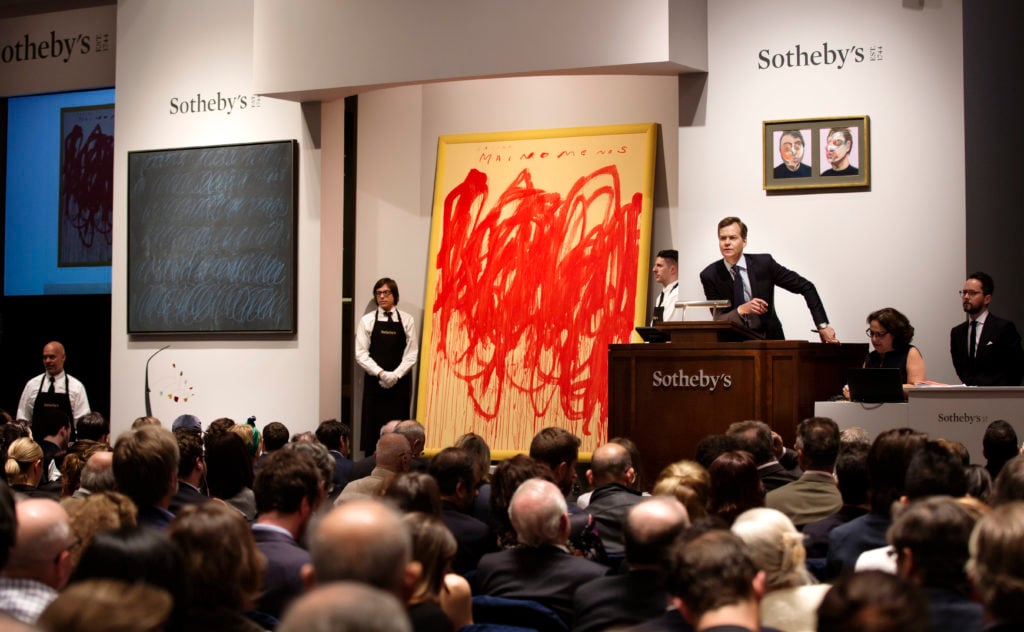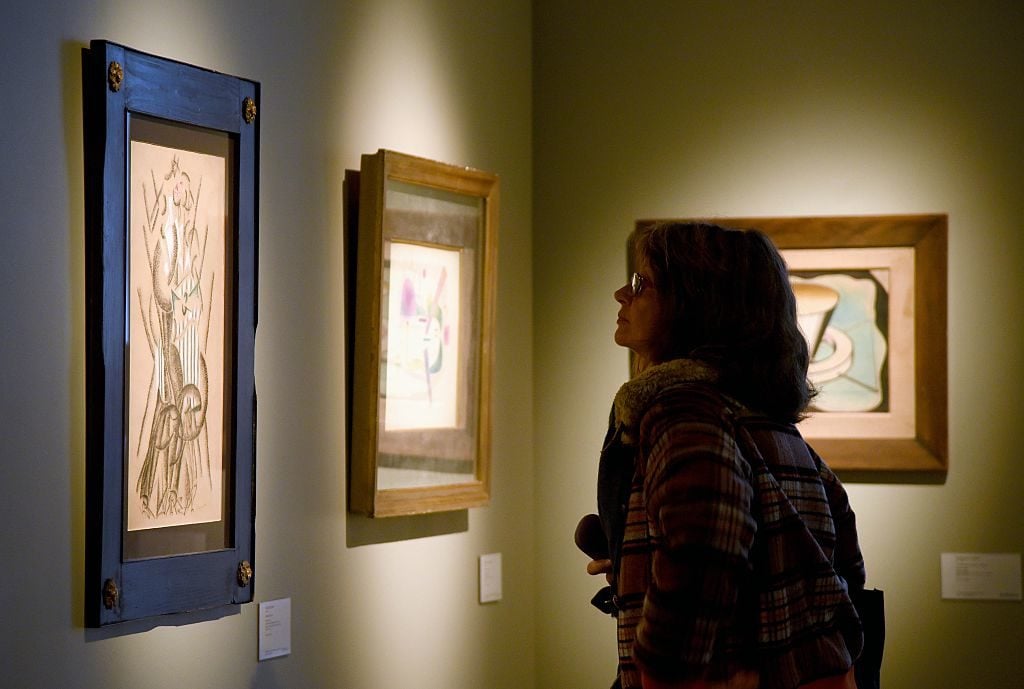Analysis
See What Experts Have to Say About Sotheby’s Acquisition of the Mei Moses Art Indices
Sotheby’s is continuing its push to diversify its services.

Sotheby’s is continuing its push to diversify its services.

Brian Boucher

Sotheby’s is continuing its push to diversify its services with the purchase of the Mei Moses Art Indices, an analytic tool based on price information for objects that have come to auction.
NYU professors Jianping Mei and Michael Moses developed their methodology in 2000; the tool comprises a database of 45,000 repeat sales of works in eight art-historical categories, about 4,000 of which are resold each year. The first data point in the database is a sale from 1612, says Sotheby’s, which declined to reveal a purchase price.
(For the record, artnet maintains a Price Database of some 10 million auction records dating back to 1985, of which about 800,000 are repeat sales, and is currently developing an analytics product.)
Sotheby’s acquisition of Mei Moses comes nine months after the auctioneer’s $50 million purchase of Art Agency, Partners, an advisory firm established by ex-Christie’s Amy Cappellazzo and advisor Allan Schwartzman two years earlier.
“The collecting community is increasingly sophisticated and, in many cases, looking to analysis to understand the overall market, individual artist and category trends, the value of their collections, as well as gain insight into the timing of their consignments and purchases,” said Adam Chinn, Sotheby’s executive vice president and a member of Art Agency, Partners, in the announcement of the acquisition.
Not everyone is convinced of the value of the Mei Moses tool, however.

A visitor at Sotheby’s Paris. Courtesy of Antoine Antoniol/Getty Images for Sotheby’s.
“If it’s not investable, it fails the primary test of being an index,” observed Doug Woodham, former president of Christie’s Americas, speaking to artnet News by phone. “It’s a strange brew of numbers.” Woodham previously held positions including being a partner with McKinsey and Company and president of Moody’s KMV.
“If you look at the TEFAF market report,” he went on, “it indicates that something like 265,000 fine art objects sold at auction in 2015. The Mei Moses Art Indices capture less than 2 percent of that.”
Arturo Cifuentes, a professor at Columbia Business School, points out in an email that “In the art market, repeat sales account for a fairly small fraction of total sales. (In contrast, in the real estate market repeat sales are more than 90 percent of total sales.) Thus, any art index based on repeat sales—such as the Mei-Moses index—is unlikely to be considered representative of any market segment.” Cifuentes is also academic director of the Financial Regulation and Macroeconomic Stability Center at the University of Chile.
“In summary, and regrettably,” Cifuentes continues, “the art market still lacks a universally accepted—and transparent—index or indices, and the acquisition by Sotheby’s of the Mei Moses family of indices is unlikely to alter this. The art market is years away of having something similar to the S&P 500 or the MSCI World index.”
Clare McAndrew, who previously authored the TEFAF report and now writes an annual art market report for Art Basel, agrees. “There are a few unique things about repeat sales that make this model a little bit tricky,” she says. “Indices based on auction sales ignore retail and private sales. Mei Moses ignores single sales as well. And sometimes you have to go far back in time to find a repeat sale, so that the information isn’t always exactly current.”
She continues, “Indices are a useful part of what should be a very rich group of metrics that should include qualitative analysis,” she said. “But people may put too much weight on indices.”